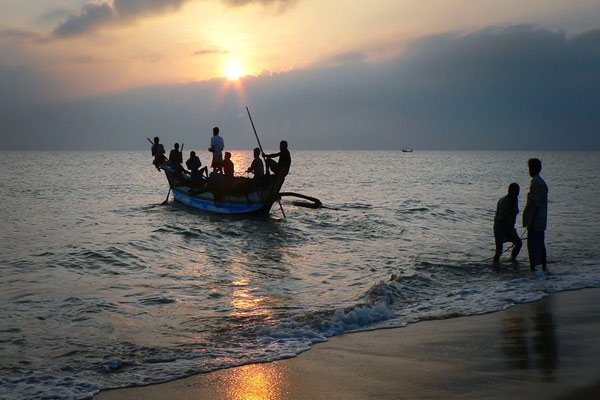Indigenous people vital for protecting global biodiversity
Indigenous Peoples are culturally distinct societies and communities. Although they make up 6% of the global population, they account for about 15% of the extreme poor.
Updated On - 21 October 2020, 06:03 PM
Indigenous peoples, also referred to as First peoples, First Nations, Aboriginal peoples, Native peoples, or autochthonous peoples, are ethnic groups who are native to a particular place on Earth and live or lived in an interconnected relationship with the natural environment there for many generations prior to the arrival of non-Indigenous peoples.
Distinct social and cultural groups
Indigenous Peoples are distinct social and cultural groups that share collective ancestral ties to the lands and natural resources where they live, occupy or from which they have been displaced.
The land and natural resources on which they depend are inextricably linked to their identities, cultures, livelihoods, as well as their physical and spiritual well-being. Many Indigenous peoples still maintain a language distinct from the official language or languages of the country or region in which they reside.
Living conditions
There are approximately 476 million Indigenous Peoples worldwide, in over 90 countries. Although they make up over 6 percent of the global population, they account for about 15 percent of the extreme poor. Indigenous Peoples’ life expectancy is up to 20 years lower than the life expectancy of non-indigenous people worldwide.
Indigenous Peoples often lack formal recognition over their lands, territories and natural resources, are often last to receive public investments in basic services and infrastructure, and face multiple barriers to participate fully in the formal economy, enjoy access to justice, and participate in political processes and decision making.
Safeguard biodiversity

While Indigenous Peoples own, occupy, or use a quarter of the world’s surface area, they safeguard 80 percent of the world’s remaining biodiversity. They hold vital ancestral knowledge and expertise on how to adapt, mitigate, and reduce climate and disaster risks.
Over the last 20 years, Indigenous Peoples’ rights have been increasingly recognised through the adoption of international instruments and mechanisms, such as the United Nations Declaration on the Rights of Indigenous Peoples (UNDRIP) in 2007, the American Declaration on the Rights of Indigenous Peoples in 2016, 23 ratifications of the Indigenous and Tribal Peoples Convention from 1991, the establishment of the United Nations Permanent Forum on Indigenous Issues (UNPFII) among other initiatives..
Indigenous people in India

India is home to about 700 tribal groups with a population of 104 million, as per 2011 census. These indigenous people constitute the second largest tribal population in the world after Africa. As industries encroached upon their lands, many communities were displaced and some continued to wage a struggle to either protect their homes or demand a fair compensation.
The Baiga tribe of Madhya Pradesh became the first indigenous people to get habitat rights in India after a century-long struggle, while Odisha’s Dongria Kondhs won battle for Niyamgiri, but these developments don’t dwarf the challenge that lies in promotion and protection of indigenous people’s rights.
Badagas of Nilgiris
Recently ‘Badagas,’ the largest indigenous social group in the Nilgiris district of Tamil Nadu was included in the database of Worlds Indigenous Peoples by the United Nations Mountain Partnership.The inscription on the Badagas says, Traditionally buffalo herders, recently there is a strong trend back to farming with particular attention to organic farming. It is one of the world’s primary language families spoken by over 200 million people in south, central and north India.